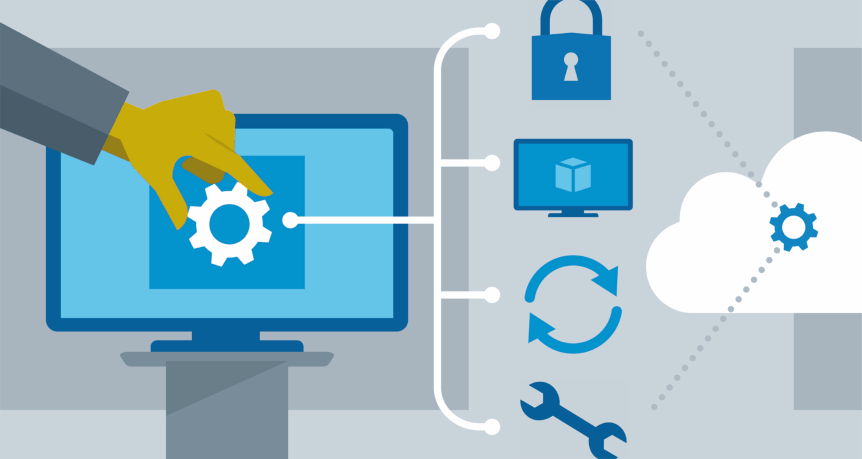The landscape of work has undergone a significant transformation in recent years, with remote work becoming a mainstream trend. In the wake of this shift, technologies like Remote Desktop Protocol (RDP) servers have gained prominence. RDP servers have become invaluable tools for businesses and individuals looking to work efficiently from remote locations. In this blog, we will explore Visit this site servers, their significance in the remote work ecosystem, and how to master them for a seamless remote work experience.
What is RDP?
Remote Desktop Protocol, commonly referred to as RDP, is a proprietary protocol developed by Microsoft. It allows users to access and control a computer or server remotely over a network connection. Essentially, RDP enables you to use a remote computer as if you were physically present at its location.
Significance of RDP in Remote Work
The widespread adoption of remote work has made RDP servers indispensable for several reasons:
- Access to Office Resources: RDP servers enable remote employees to connect to their office desktops or servers. This means they can access files, software, and resources located in the office network from anywhere in the world.
- Security: RDP servers offer robust security features. Data transmission is encrypted, ensuring that sensitive information remains confidential. Authentication mechanisms like two-factor authentication (2FA) add an extra layer of protection.
- Cost-Effective: RDP eliminates the need for physical presence in an office, reducing commuting costs and overhead expenses. Businesses can also hire talent from different geographical locations without the need for a physical office.
- Productivity: Remote employees can work with the same efficiency as if they were in the office. RDP allows them to multitask, use specialized software, and collaborate seamlessly.
Mastering RDP Servers
To harness the full potential of RDP servers for remote work, you need to master their setup and usage. Here are the steps to get started:
1. Choose the Right RDP Server Software
There are several RDP server software options available, including Microsoft’s Remote Desktop Services, Virtual Network Computing (VNC), and third-party solutions like TeamViewer and AnyDesk. Evaluate your needs, security requirements, and budget to select the most suitable one.
2. Set Up Your RDP Server
Once you’ve chosen your RDP server software, follow the installation and configuration instructions carefully. This typically involves installing the server software on the host computer and configuring user accounts and permissions.
3. Secure Your RDP Server
Security is paramount when using RDP servers. Implement strong password policies, enable network-level authentication (NLA), and consider using a VPN to secure the connection further. Regularly update the server and apply security patches.
4. Configure Access Control
Control who can access your RDP server by configuring access control lists (ACLs) and firewall rules. Only authorized users should have remote access privileges.
5. Use Best Practices for Remote Work
To ensure a smooth remote work experience, follow best practices:
- Use a reliable internet connection.
- Keep your local and remote devices up to date with the latest software and security updates.
- Make regular backups of your data to prevent data loss.
- Consider using a dedicated remote work setup with dual monitors and ergonomic accessories for increased productivity.
6. Troubleshoot Common Issues
Familiarize yourself with common RDP issues such as lag, connection drops, or software compatibility problems. Understanding how to troubleshoot these problems will save you time and frustration.
7. Train Your Team
If you’re managing a team of remote workers, provide training and support for using RDP servers effectively. Ensure they are aware of security practices and know how to use the technology efficiently.
Conclusion
Remote work has become a permanent fixture in the modern work landscape, and RDP servers are invaluable tools for achieving success in this remote environment. By choosing the right RDP server software, securing your setup, and following best practices, you can master remote work and unlock its full potential. As technology continues to evolve, staying up-to-date with the latest developments in RDP servers will be essential for businesses and individuals alike.
